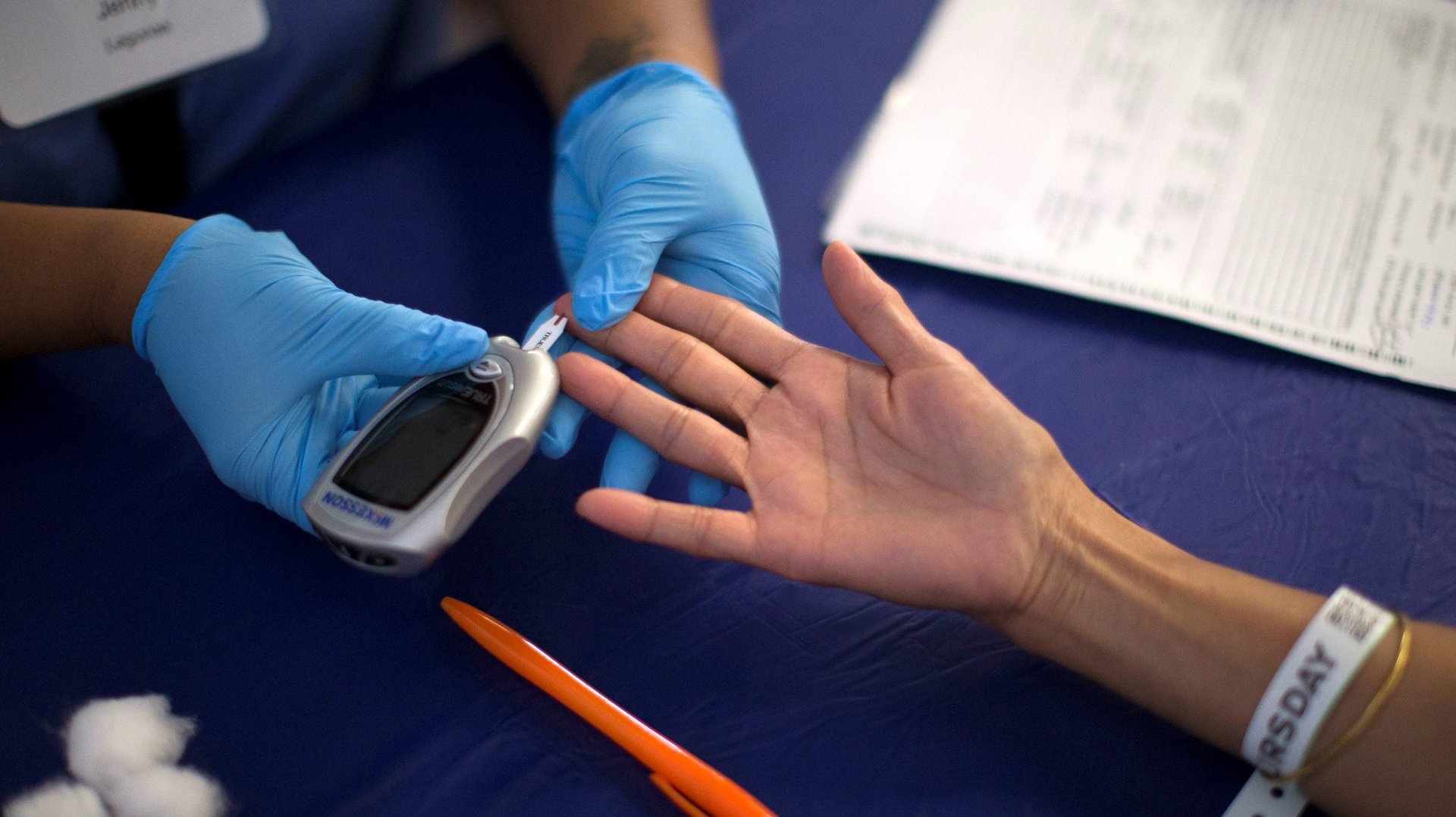There may be five types of diabetes
Diabetes is currently said to exist in essentially two variations: Type 1 and Type 2. But a group of medical scientists believe that division is overly simplistic.


Diabetes is currently said to exist in essentially two variations: Type 1 and Type 2. But a group of medical scientists believe that division is overly simplistic.
Writing in a study published by The Lancet: Diabetes & Endocrinology this month, a team of international researchers propose that there are actually five types of diabetes, and that the distinctions between them could mean that some people are taking diabetes medications they don’t need, while others aren’t being treated sufficiently at time of diagnosis.
They believe the nuances of diabetes ought to be reconsidered, especially as diabetes has become the world’s fastest growing disease. In 2014, 422 million people globally had diabetes, up from 108 million in 1980, according to the World Health Organization.
A person develops diabetes when his or her body either doesn’t produce insulin or doesn’t use the amount it produces properly. Insulin is a hormone that acts like a traffic cop for glucose levels in the bloodstream. When all is well, it can maintain glucose levels at the right amounts. When the system is failing, either because the pancreatic cells that produce insulin, called beta cells, are under attack from antibodies, or because your cells have become insulin-resistant, you’re at risk of developing diabetes. Living with the condition can lead to blindness, kidney failure, or lower limb amputation, all while increasing your likelihood of heart attack or stroke.
The way we designate diabetes as Type 1 or Type 2 is largely related to two factors: How old someone is when they develop diabetes, and whether the antibodies that attack insulin-producing beta cells are present. Type 1 diabetes is the type that often, but not always, begins in childhood, and it is characterized by the presence of the antibodies that block insulin production. It requires lifelong monitoring and treatment. Type 2 affects adults, though increasingly is also seen in teenagers and kids, and does not involve the immune system’s antibodies. It’s usually associated with obesity, old age, and family history. Some 75% to 85% of people with diabetes are said to have Type 2.
Analyzing data from the records of 15,000 people across five patient registries, the researchers behind the new study, which was lead by scientists from Lund University, found that the disease can actually be grouped into five distinct clusters, according to variables such as Body Mass Index (BMI), age of diagnosis, and degree of insulin resistance:
- Severe Autoimmune Diabetes, which overlaps with Type 1 diabetes, and is “characterized by early-onset disease, relatively low BMI, poor metabolic control, insulin deficiency, and presence of antibodies”;
- Severe Insulin-Deficient Diabetes (SIDD), which is similar to the first cluster, without the presence of antibodies;
- Severe Insulin-Resistant Diabetes (SIRD), marked by “insulin resistance and high BMI”;
- Mild Obesity-Related Diabetes (MOD), “characterized by obesity but not by insulin resistance”; and
- Mild Age-Related Diabetes (MARD): which is similar to diabetes of the fourth cluster (MOD), but found in patients older than those in other categories
Right now, Type 2 diabetes is the umbrella term for the last four clusters above. But people who would fall into the SIRD cluster, for instance, are at the highest risk of diabetic kidney disease. “This is not changing the diagnosis or the terminology for the diagnosis,” Dr. Kathleen Wyne, an endocrinologist at The Ohio State University Wexner Medical Center, told Live Science. “It’s just providing a way to classify within the diagnosis” of type 1 and type 2.
According to the study, these five types may be just the beginning for the new definitions of diabetes. “It might be possible to refine the stratification further through inclusion of additional cluster variables, such as biomarkers, genotypes, or genetic risk scores,” they write in the paper.
What’s more, the scientists do not know whether the five clusters are the result of different causes of diabetes, nor do they know whether people move between clusters in the course of their lifetime with the disease.
Further research is required. For now, they write, this study “provides a first step towards a more precise, clinically useful stratification.”
Correction: This post has been updated to clarify that Type 1 diabetes can develop at any age, not only in childhood, and is a lifelong condition.